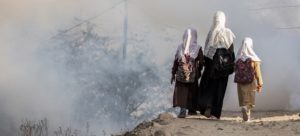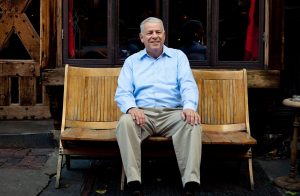WASHINGTON, D.C.Like many other African-American parents, Tasha Johnson made the ten-hour drive to Washington, D.C., from Brunswick, Georgia, on Friday to represent her two sons, 27-year-old Rafeal and 26-year-old Akeem. But she was also attending the 57th anniversary of the March on Washington for Jobs and Freedom on behalf of one of her sons’ best friends, who couldn’t be there.
Tragically, Ahmaud Arbery’s name was mentioned multiple times from the steps of the Lincoln Memorial during Friday’s Commitment March on Washington, a peaceful demonstration attended by thousands of people for a very powerful reason. A continuous cycle of police-related shootings and killings have stoked a national outcry. The organizers of Friday’s march, titled “Get Your Knee Off Our Necks” to highlight the need for police and criminal justice reform, say the protest provided sorely needed evidence that Americans are ready to confront racial injustice. Not even the risk of COVID-19 could keep them away.
The last full Friday of August felt like the culmination of a long, restless summer bookended by George Floyd’s May 25 brutal demise in Minneapolis to the August 23 shooting of Jacob Blake in Kenosha, Wisconsin, seven times as he walked away from a police officer during an arrest. America’s seeming unwillingness to acknowledge the toll these events have taken was put on full blast during the protest, and few could sum up the relevance of the day better than Johnson.
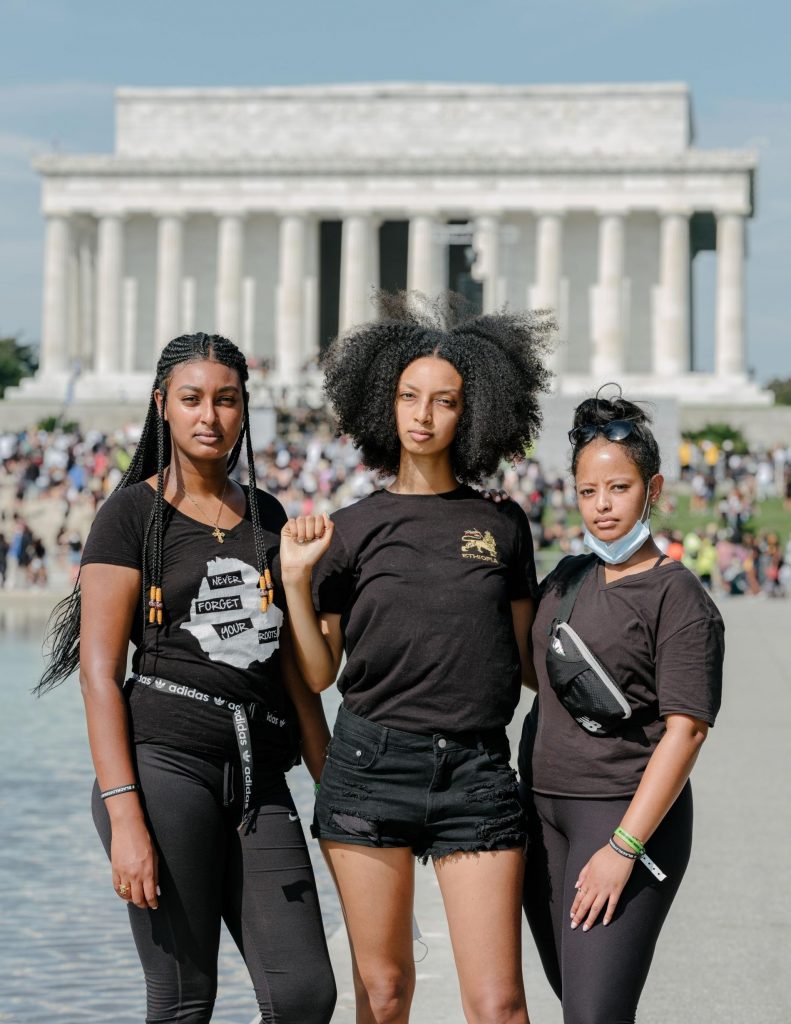
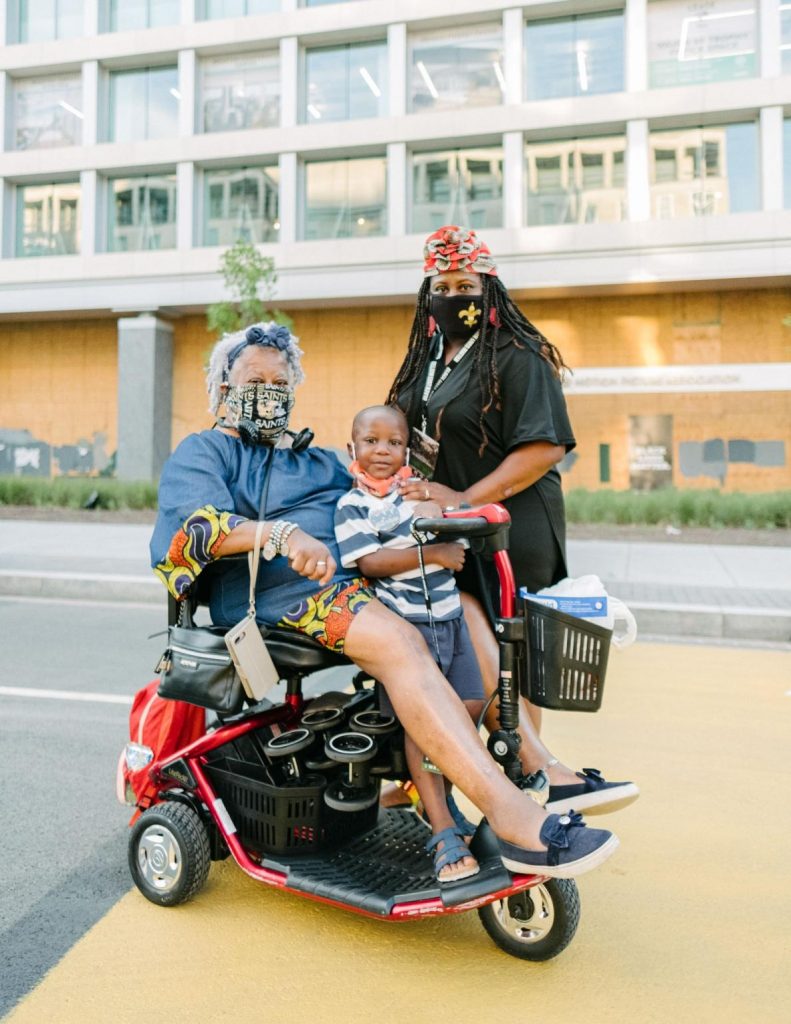
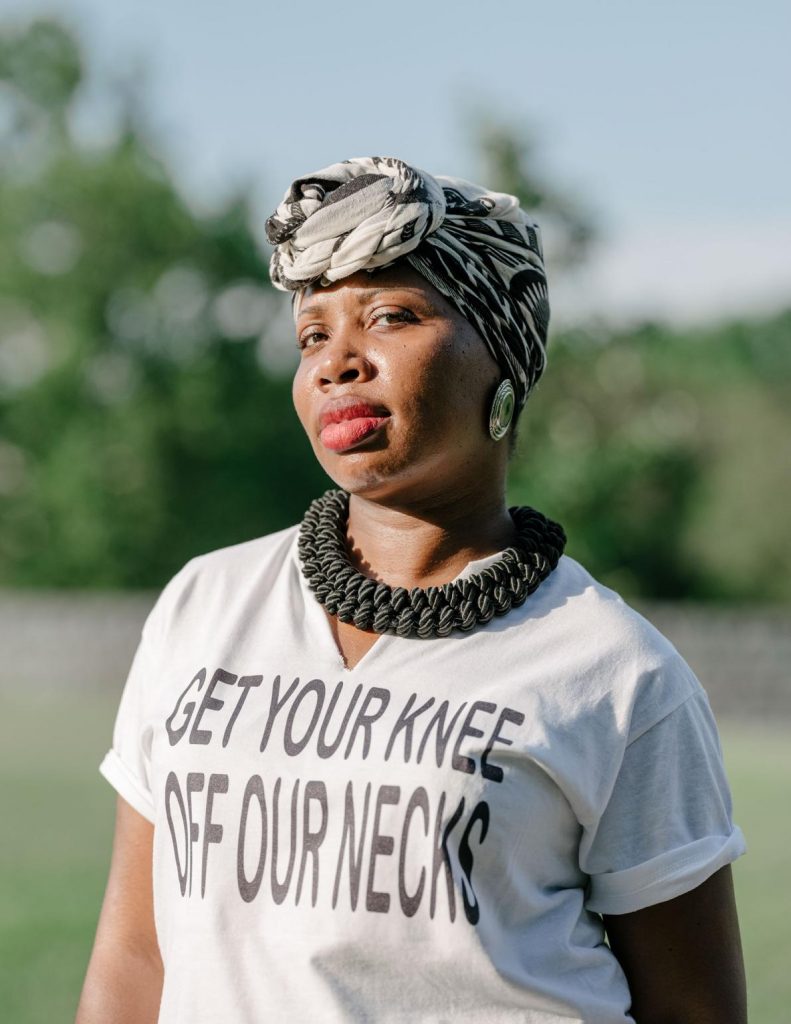
Left:
April Alexander (left), daughter Lakeba Griffith (standing), and grandson Kamal Griffith came all the way from New Orleans. “We came,” says Lakeba, “because we watched a Black man get killed, and it was heartbreaking.”
Right:
Evelyn Sands, a local resident, poses at the Washington Monument before checking in at the… Read MorePHOTOGRAPH BY STEPHANIE MEI-LING, NATIONAL GEOGRAPHIChttps://4ae62041269b154655ec1f2bb0a028c0.safeframe.googlesyndication.com/safeframe/1-0-37/html/container.html
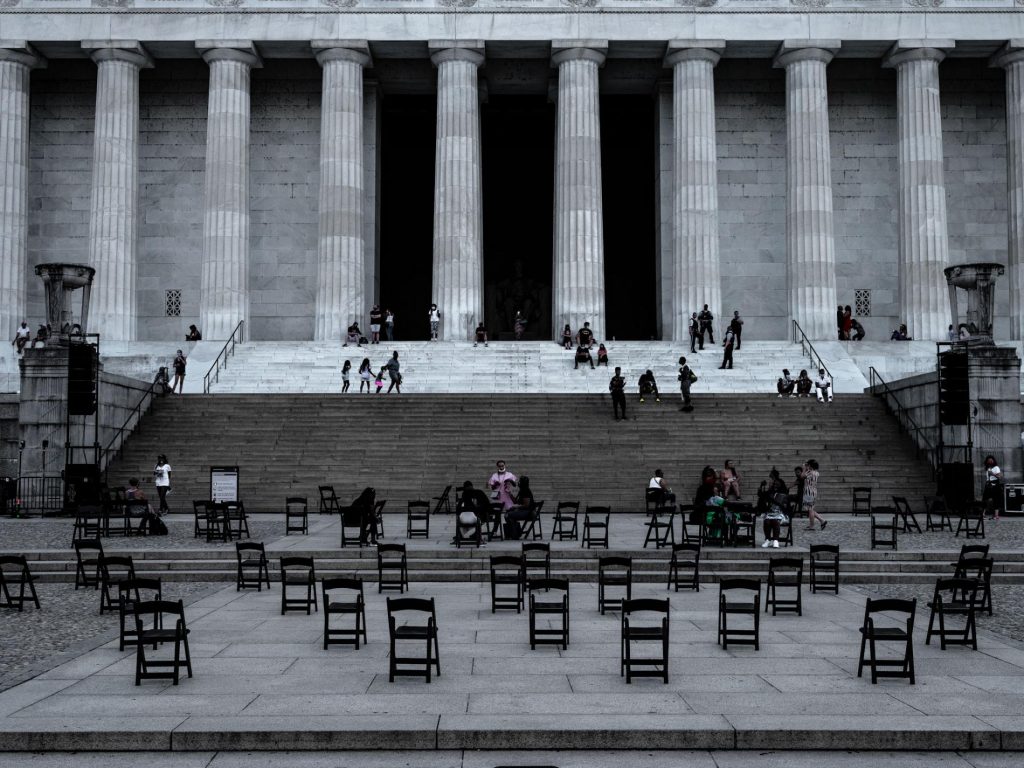
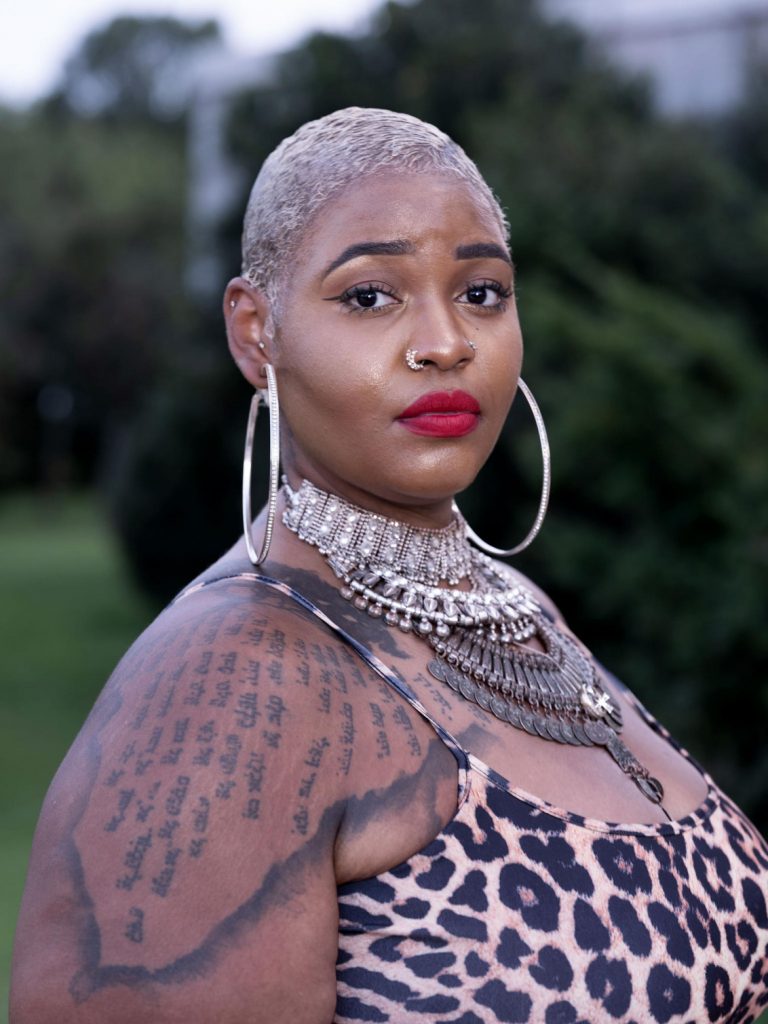
“It was devastating to hear my son sobbing from the pain that he was in on the day Ahmaud was murdered,” Johnson says of her son, Akeem. Arbery, 25, was jogging through a Brunswick, Georgia, neighborhood on February 23 when he was pursued and fatally shot by two white men who claimed they thought he was a burglar.
“He is still going through it,” Johnson said Friday. “He speaks of having visions of Ahmaud coming to him in dreams and talking to him. Where we are in this nation, we’re doing incredible damage to the minds and the lives of our Black youth, and it has to stop. I came because I want the world to know I am willing to be part of the solution.”
‘I’m out here to give them a fighting chance’
While some observers expected the threat of COVID-19 to restrict the numbers of participants, tens of thousands patiently queued in a line that wrapped around the perimeter of the National Mall, awaiting their turn to have their temperature taken as a precautionary measure. Then they were given a neon green wristband and a ticket to enter the Lincoln Memorial Reflecting Pool area near the World War II Memorial.
March participants from across the United States descended on Washington to advocate for police reform, voting rights, and for more just, equitable lives for their children as the United States heads to a contentious presidential election clouded by claims of blatant voter suppression and interference during the 2016 campaign.
Like Tasha Johnson, many invoked the country’s long history of racial violence and economic injustice as their motivating factors.
Renee Jones of Riverside, California, says she was marching in honor of a cousin who was killed by a Las Vegas police officer. She wants better for her son, her nieces and nephews.
“I’m out here to give them a fighting chance and pay it forward, just like the generation before me did for us,” Jones says.
Another marcher, Keir Witherspoon, says she carries the spirit of two of her grandparents who had attended the 1963 march. (See rare color images from the first March on Washington.)
“They would feel proud of me for exercising my right to protest…and disheartened that I am fighting for the same thing they were,” says Witherspoon.
Lathan Strong attended the march set an example for youth.
“As an educator, it is important that we show our young people the importance of being out here and what it means to vote,” Strong says.
The urgency of the moment was palpable
Friday’s march, which featured presentations by high-profile pastors, activists, labor leaders, and politicians, had glimpses of the original gathering 57 years ago. The 1963 event was a masterstroke of careful, deliberate staging and preparation. The official program reads like a social justice roll call of the ages. Envision a stage big enough for A. Phillip Randolph, the celebrated union leader who founded of the Brotherhood of Sleeping Car Porters, and Myrlie Evers, recently widowed after her husband, Mississippi NAACP secretary Medgar Evers, was assassinated in his driveway. The Archbishop of Washington Patrick O’Boyle spoke, as did NAACP executive director Roy Wilkins. Congressman John Lewis was a significant presence at the 1963 March. His death last month left a gaping hole in the fabric of American civil rights activism. (Lewis spent his life bridging America’s racial and political divides.)
And, of course, Dr. Martin Luther King, Jr., was anointed as the “Moses of his people” at the original march—and at several points during Friday’s rally. Back in 1963, speeches were punctuated by performances from opera legend Marian Anderson and the Queen of Gospel Music, Mahalia Jackson.
Organizing the 1963 march required an enormous amount of strategizing and planning by some of the nation’s leading civil rights activists, says Kenneth Janken, professor of African-American studies at the University of North Carolina at Chapel Hill.
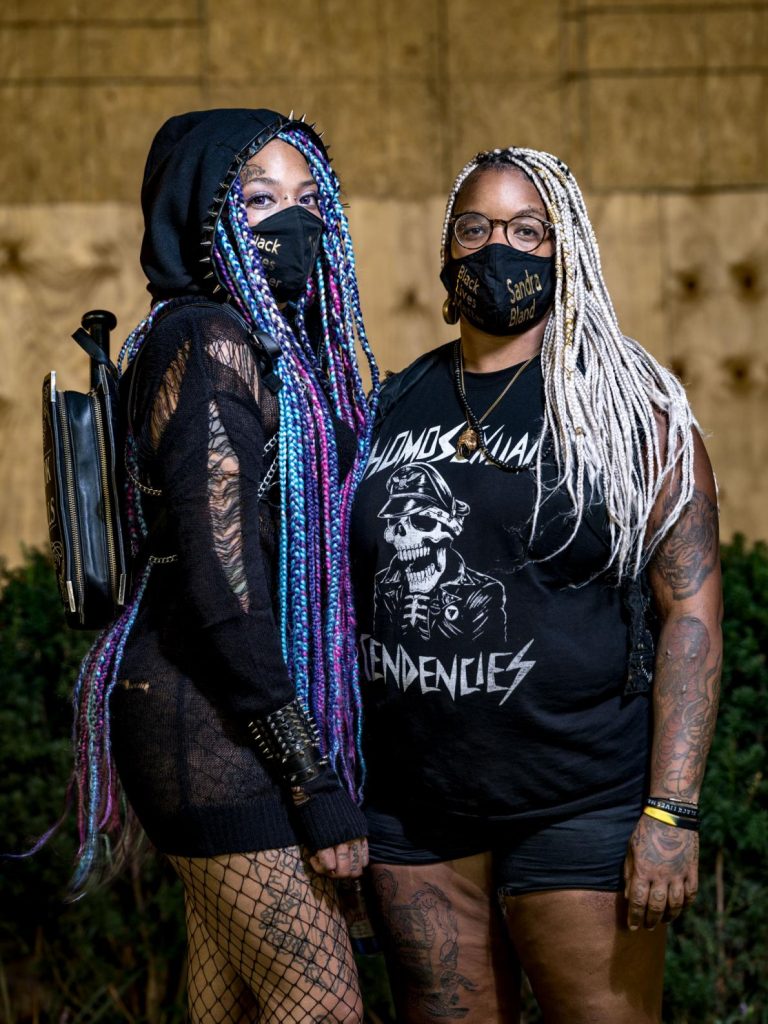
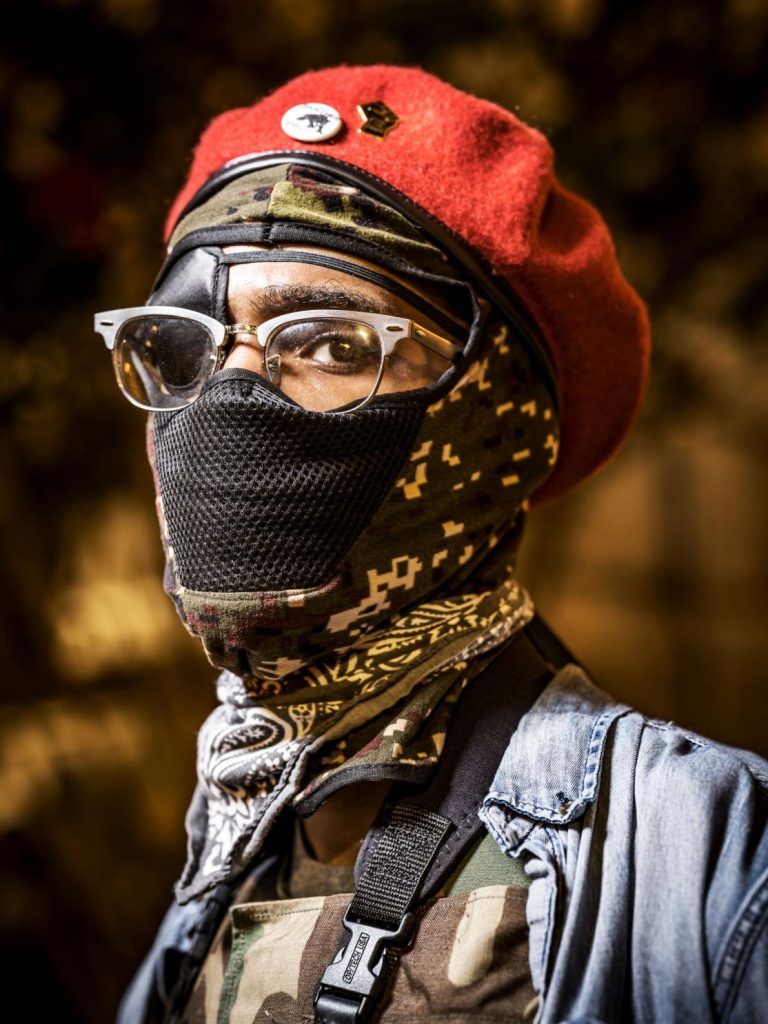
Left:
“I’m fighting for all of our children and grandchildren, my children and their grandchildren, for their freedom, so they don’t have to do this,” says Toy Slaughter (left). “There are so many more names,” says her friend, Gam Cheinsaw (right), “than the names that are written on streets and written on T-shirts and people just… Read MorePHOTOGRAPH BY WAYNE LAWRENCE, NATIONAL GEOGRAPHIC
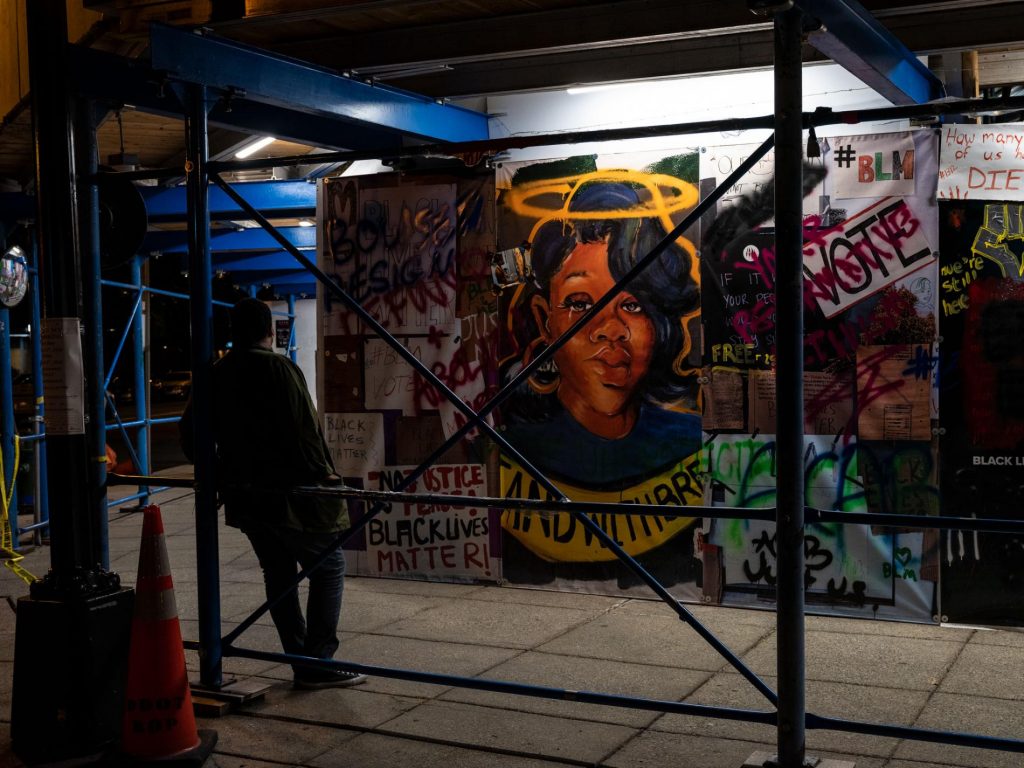
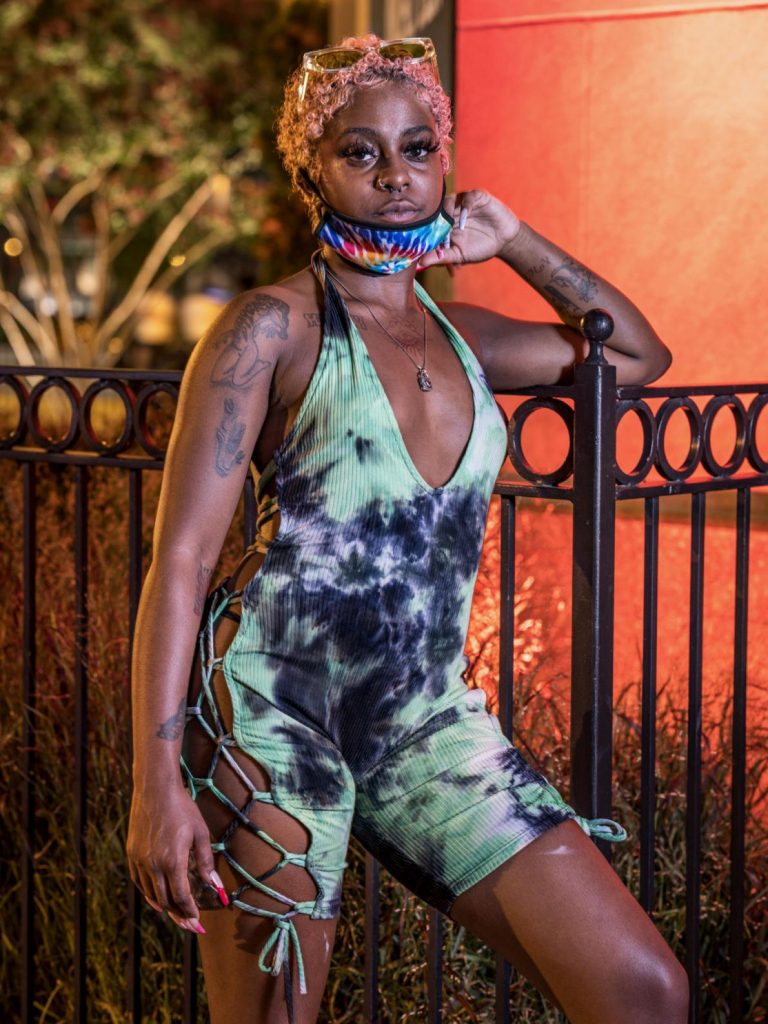
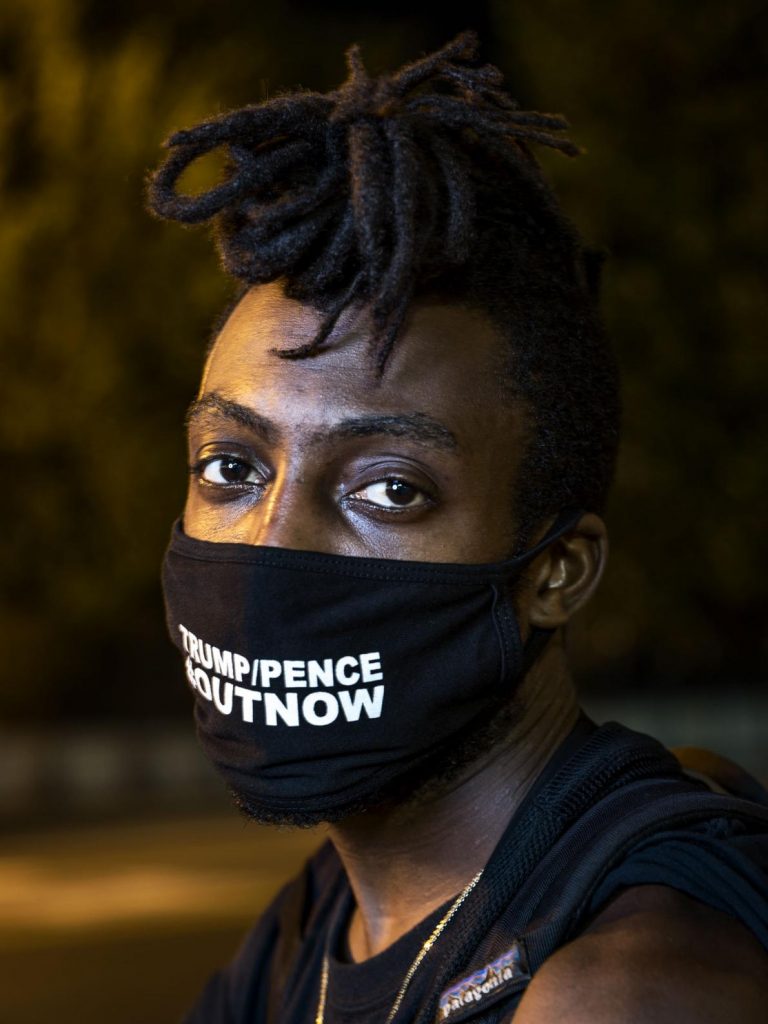
Left:
“I think everyone just wants change,” says Zhana Scott. “This is stuff that’s been going on before with our ancestors and now it’s like a cycle, and we need to break that cycle.”
Right:
“The BLM movement is at a crossroads right now,” said Jamel Mins, as he protested outside… Read MorePHOTOGRAPH BY WAYNE LAWRENCE, NATIONAL GEOGRAPHIChttps://4ae62041269b154655ec1f2bb0a028c0.safeframe.googlesyndication.com/safeframe/1-0-37/html/container.html
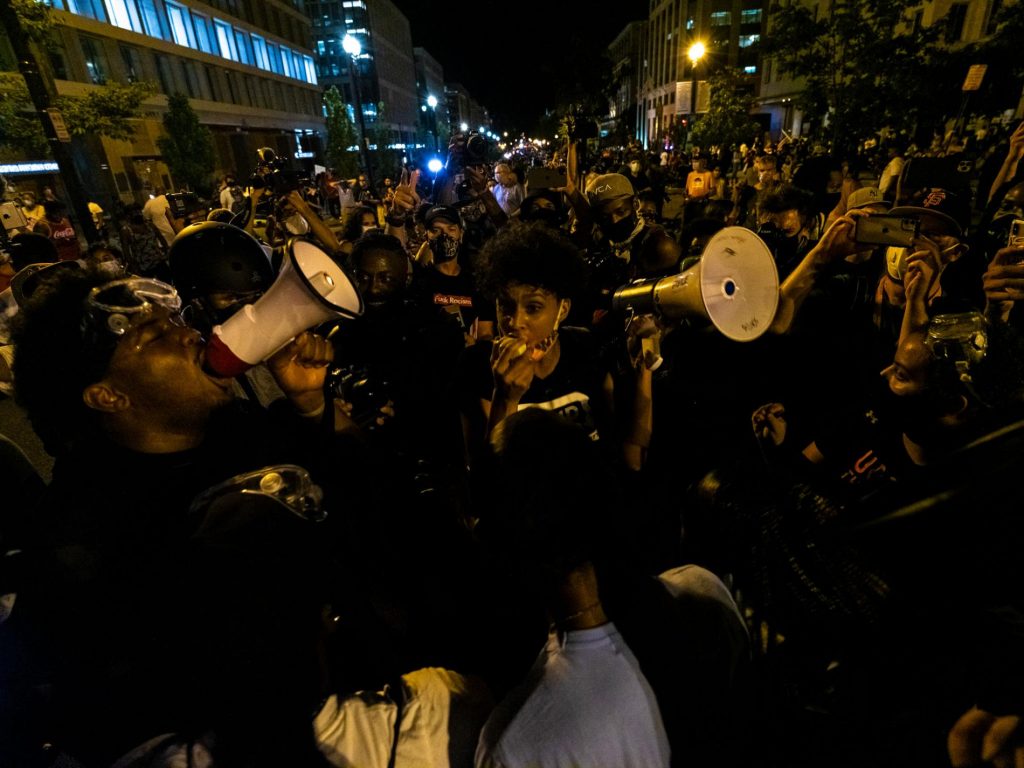
“It was the result of years and perhaps even decades of work to establish a solid working-class movement,” Janken says. “Not only was there a focus on the event itself, but it was in some ways a culmination of efforts that had been underway for a long time to increase the unionization of black workers, to raise pay and to demand legal and policy protections that white Americans took for granted.”
Randolph and Wilkins conceived the idea for the 1963 march to amplify the systemic barriers to employment and economic progress for Black Americans, who still faced enormous threats and limitations decades after slavery. The system of state and local laws enacted after the end of the Civil War, known as Jim Crow, effectively choked off all attempts by Black families to gain meaningful employment, economic stability, and the freedom to live peacefully. March on Washington architects seized an opportunity to highlight their demands in full view of the nation’s policy command center. Dr. King’s eloquent, passionate “I Have a Dream” speech is often listed among the best orations of the 20th century.
“That large rally was a manifestation of everyday work that happened in small towns, in rural communities, and in large cities,” Janken says. “It happened through the regular day-to-day, work of groups like SNCC, going into a community and finding out what their local grievances were, and equipping them with the skills to carry out campaigns of their own.”
Contrast this broad-based, longer-term event plan with Friday’s march. The “Get Your Knee Off Our Necks” march was conceived after George Floyd died as a Minneapolis police officer kneeled on his neck for nearly nine minutes. The Reverend Al Sharpton, founder of the National Action Network, says the idea for the Commitment March came to him on the day of Floyd’s memorial service, which gave organizers just about two months to plan.
The urgency of the moment was palpable.
The list of featured speakers read in part like a registry of mourners. The event, co-organized by Sharpton’s National Action Network, Martin Luther King III, and a long list of partner organizations, featured relatives of George Floyd, Breonna Taylor, a 26-year-old emergency medical technician fatally shot on March 13 by Louisville police officers executing a drug warrant on the wrong apartment, New Yorker Eric Garner, and other Black and brown Americans whose deaths came at the hands of police officers.
Speakers also included U. S. Representative Ayanna Pressley, the first Black woman elected to Congress from the state of Massachusetts, former Secretary of Labor and head of the Democratic National Committee Tom Perez, and top representatives of labor unions, religious leaders, and community activists. Martin Luther King III gave up part of his speaking time to someone he called “the future of our nation,” the only granddaughter of Dr. King and Coretta Scott King, his daughter Yolanda Renee King.https://4ae62041269b154655ec1f2bb0a028c0.safeframe.googlesyndication.com/safeframe/1-0-37/html/container.html
In a piping, exhilarating tone, Ms. King charmed the crowd with a passionate assessment of her generation’s power. “Some of you may remember that two years ago at the March for our Lives, I said, ‘Spread the word, have YOU heard, all across the nation, we are going to be a great generation! That was in 2018. I didn’t know what would hit us in 2020, and shut our schools and put our young lives on hold. But great challenges produce great leaders!”
She added, “We have mastered the selfie and TikTok, and now we must master ourselves.”
To know people who don’t look like you opens up so many horizons
For some people, the march was an opportunity for reflection, a teachable moment, or motivation to take a stand. Many who couldn’t attend the march found ways to contribute to the groundswell of energy to challenge racial injustice in the United States.
Shortly after George Floyd’s death, J.C. Sager, from Flourtown, Pennsylvania, co-organized the “Shade for Change” Go Fund Me campaign, which provided 2,000 black umbrellas that were distributed at Friday’s march to help shield participants from the August sun. Sager, a father of three boys under the age of five, says watching the video of George Floyd’s murder was a defining moment. (Here’s why 2020 marks a new development in America’s fight for equality.)
“I was raised a privileged white boy in suburban Philadelphia, and even though I have a good friend from childhood who’s Black, I wasn’t prepared for how hard that video hit me,” he says. “I was horrified. I saw my three sons under that officer’s knee, and that did something to me, to my heart, and it will never sit right. I don’t understand why more white people can’t consider their own son that way, or their daughter, like in Breonna Taylor’s case.”
During George Floyd’s memorial in June, Sager says he idea to raise funds for umbrellas came to him.
“I remembered reading about how umbrellas were used as social-distancing tools in protests in other countries,” Sager says. I thought, ‘Wouldn’t it be cool to see these black umbrellas during a rally where “Black Lives Matter” was being emphasized?’
Sager reached out to his cousin Allison McGill-Higgins to help plan the fundraiser. McGill Higgins, who is African American and immunocompromised, couldn’t attend the march due to the risk of COVID-19. Sager says he’s proud to say he’s from a bi-racial family, and says “Black Lives Matter” reminds him of the need to get to know people from different backgrounds.
“It’s extremely important, to grow as a person, to know people who don’t look like you … opens up so many horizons and helps you to look at life through a different lens.”
His work on the “Shade for Change” project also guides Sager’s efforts to raise his boys. “I can’t look them in the eye and know that I did nothing to try and send some positivity out there in the world and to support Black voices and to use my privilege for good. “
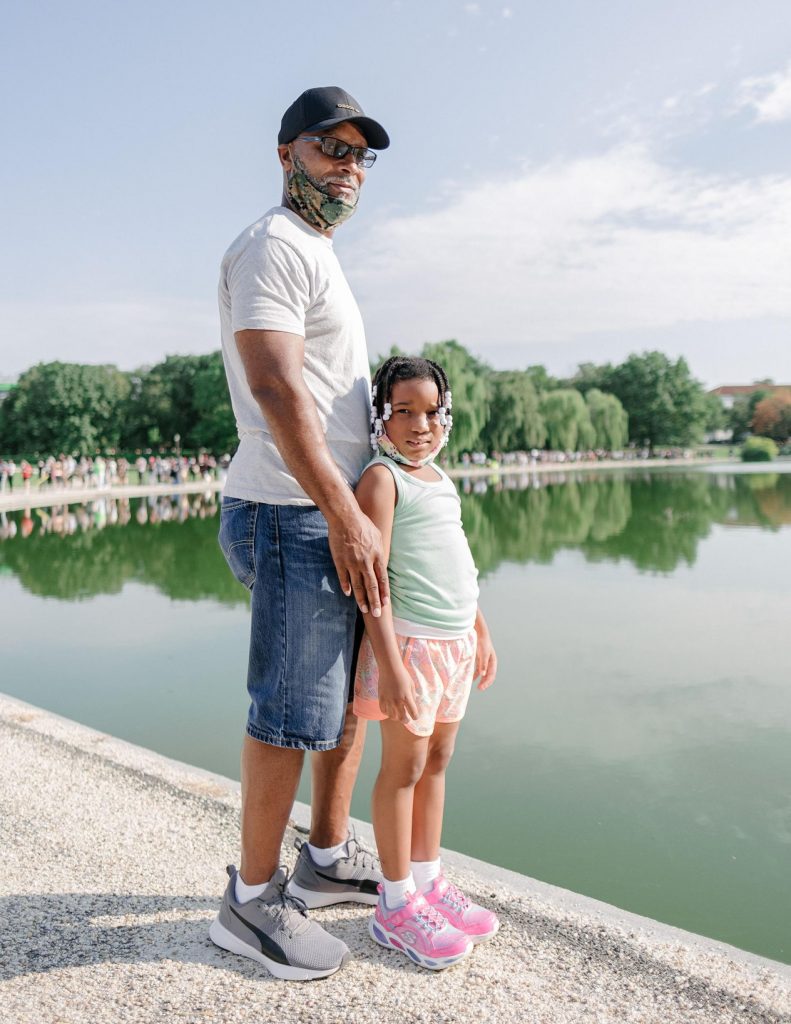
Left:
Marcus Daniel and daughter Kennedie Daniel pause near Constitution Gardens, waiting for the Commitment March to begin. “We have alot of inequality going on here in America. I want to make sure that I have an opportunity to put my footprint, make an impact, and show that we can make a change here in America. Not just… Read MorePHOTOGRAPH BY STEPHANIE MEI-LING, NATIONAL GEOGRAPHIC https://4ae62041269b154655ec1f2bb0a028c0.safeframe.googlesyndication.com/safeframe/1-0-37/html/container.html
In a fractured and traumatized nation, there is still a chance to move toward justice
When more than 250,000 people converged on the National Mall in Washington, D.C., 57 years ago, there was no social media footprint, no cell phone cameras, no viral organizing or rideshare apps to facilitate the gathering.
Veteran Associated Press reporter Linda Deutsch covered the 1963 March as a 19-year-old journalism intern at Monmouth College. She had talked her way into the assignment at a local newspaper, the Perth Amboy Evening News, and onto a bus reserved for the journey by the local chapter of the NAACP. The trip resulted in her first front-page story and led to a stellar career as a courts reporter, covering trials that included some of the most racially volatile in America’s history: Angela Davis, O.J. Simpson, and Michael Jackson, to name a few.
Deutsch, who retired in 2014, spent part of the last week in August talking with friends in Kenosha, Wisconsin, about Jacob Blake, the Kenosha man who was shot seven times in the back by a police officer during an arrest. She thinks the hope and enthusiasm that guided marchers 57 years ago seems in short supply today.
“I wish I could be more optimistic, but it’s such a difficult time,” she says. “I haven’t felt this way since after the Rodney King verdict. I knew that this not guilty verdict in this white, suburban bedroom community would lead to unrest, and one of my colleagues turned to me after it was read and said, Well, I guess we have to go cover the riots now.”
But many speakers and participants at the “Get Your Knee off Our Necks” gathering said they’re counting on the same results for their effort that attendees of the 1963 march experienced. That activism yielded an epic shift in the American Civil Rights movement, culminating in the passage of the Civil Rights Act of 1964, and the Voting Rights Act of 1965.
In 2020, march speakers highlighted the stalled George Floyd Justice in Policing Act, a reform measure passed by the House of Representatives but awaiting a vote in the Senate. They also called for a vote on the John Lewis Voting Rights Act 2020, which seeks to restore some of the voter protections that were stripped from the 1965 Voting Rights Act by the Supreme Court in 2013.https://4ae62041269b154655ec1f2bb0a028c0.safeframe.googlesyndication.com/safeframe/1-0-37/html/container.html
Yet, in a fractured and traumatized nation, many people believe there’s still a chance to move toward Dr. King’s vision of a just and equitable America—despite the challenges. They are willing to work for it. (Hear from those who marched for racial justice after the death of George Floyd.)
“I don’t want my grandson to have to march for the same thing my grandfather marched for,” says Frank “Nitty” Sensabaugh, who led a group of marchers who walked 750 miles from Milwaukee, Wisconsin, to Washington, D.C.
The 24-day journey was not without trial. Supporters cooked food and provided monetary donations to offset hotel costs. But after a few days of peaceful walking, the group was met with resistance in Ohio and Indiana. Indiana State Police arrested Sensabaugh and co-organizer Tory Lowe because, according to police, they were blocking traffic. The group also faced racial slurs and even gunfire as they progressed toward Washington, D.C. The mixed reaction to the journey was exactly what organizers of the walk had hoped to illuminate, Sensabaugh says, a tale of two Americas, needing to unite as one.
For many, the 2020 Commitment March was an affirmation of Black lives.
“One of the main things we want to gain is the full representation of how many people are here,” said Ma’isah Malsuf, who traveled to D.C. from Chicago. “If you can have so many people come in one space during a time that’s so uncertain and risky, it solidifies that people are concerned about the direction of the country.”


